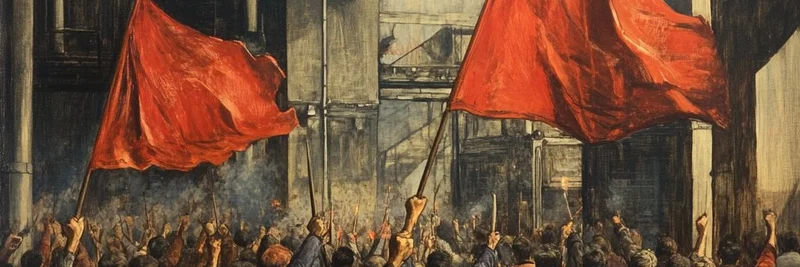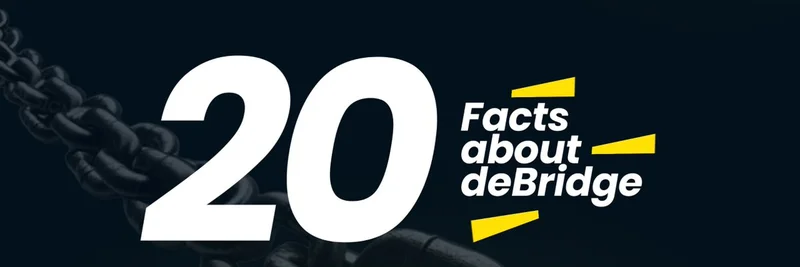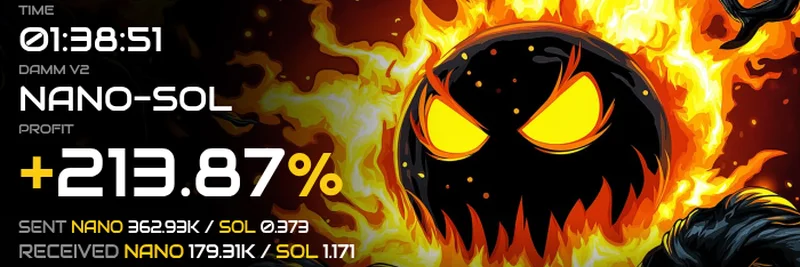In the wild world of crypto, airdrops have become a staple for projects looking to bootstrap their communities and reward early users. But as the space evolves, so do the debates around them. Recently, a thought-provoking thread resurfaced on X (formerly Twitter) from user hitesh.eth (@hmalviya9), drawing a sharp analogy between traditional factory labor and the modern hustle of airdrop farming. With Crypto Twitter (CT) buzzing about whether farming airdrops is a boon or a bust, this perspective couldn't be more timely—especially for those diving into meme tokens, where airdrops often fuel the frenzy.
Unpacking the Factory Analogy
Hitesh kicks things off by comparing airdrop participants to assembly-line workers in a factory. These are the folks grinding through repetitive tasks—think bridging funds, swapping tokens, or completing quests on platforms like Solana or Ethereum-based meme projects. They're essential; without them, the "factory" (aka the blockchain project) doesn't churn out the engagement needed to thrive. Yet, just like low-wage laborers following standard operating procedures (SOPs), these farmers often end up with the smallest slice of the pie.
On the flip side, the "managers"—contributors with specialized skills, like developers, marketers, or influencers—rake in bigger rewards. They oversee the chaos, ensuring everything runs smoothly without getting their hands dirty in the daily grind. This hierarchy mirrors real-world jobs: the order-keepers get paid more because their skills are rarer and more leveraged.
But here's where it gets spicy. In factories, wage transparency is avoided for a reason. Share salary details, and envy brews. Workers start fixating on why the boss gets more for "doing less," ignoring the mental load and expertise involved. Boom—revolt. Hitesh argues the same dynamic is playing out in crypto airdrops. Early airdrops targeted genuine users and builders, but now we've got armies of low-skill farmers pouring in hours, expecting massive payouts. When they get crumbs while skilled contributors score big, the pitchforks come out.
The Rise of Airdrop Revolt in Meme Tokens
This isn't just theory; it's happening right now in the meme token space. Projects like those on Pump.fun or Base chain often dangle airdrops to hype their launches, attracting farmers who script bots or multi-account to maximize gains. But when allocations favor "quality" contributors—say, active community members or devs—the backlash is real. Farmers cry foul, labeling it unfair, driven by that subconscious mix of envy and insecurity.
Hitesh nails it: transparency invites chaos. In traditional systems, hiding hierarchies keeps the peace and production humming. In crypto, where everything's on-chain and public, that veil is thin. The result? Distracted communities, stalled projects, and sometimes, full-blown token dumps that hurt everyone.
For meme token enthusiasts, this is a wake-up call. Airdrops can supercharge virality—think how tokens like $PEPE or $DOGE built cults through rewards—but mismanaged ones erode trust. Projects need to balance inclusivity with merit, perhaps by tiering rewards without full disclosure or focusing on gamified, skill-based drops.
Lessons for Blockchain Practitioners
If you're grinding meme tokens or building in web3, consider this sociological lens. Airdrop farming isn't inherently bad; it's a hustle that democratizes access. But expecting equal pay for unequal skills sets up disappointment. Instead, level up: contribute meaningfully to stand out in the "back office." And for project teams, design drops that reward value creation over rote tasks to avoid the revolt.
This thread (original post here) sparked nods from CT, with users like @ella_annaaa calling out how it breeds "task-doers" over innovators. As meme ecosystems grow, understanding these dynamics could be the edge you need to thrive.
What do you think— is airdrop farming helping or hurting the space? Drop your takes in the comments below.




